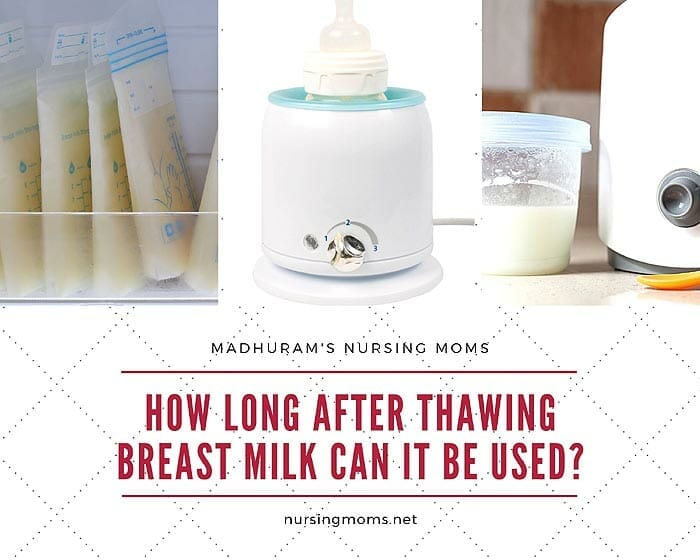
Freezing breastmilk is one of the most common ways of storing[1] it. You can prepare plenty of meals in advance like that, and if you freeze your milk and thaw it correctly, your baby will enjoy all its benefits. Breastmilk can stay in the freezer between six months and nine months, in optimum conditions.
How long after thawing breast milk can it be used?
As soon as you thaw the breastmilk, it is vital to use it within 24 hours if you defrost it in the fridge. You will count these 24 hours once the milk is thawed and not once you take it out of the freezer. As soon as you bring the breastmilk to room temperature, it will stay good for two hours.
![]()
How to thaw breastmilk safely?
Thawing the breastmilk correctly will help you optimize your storage and give your baby nutrient-rich meals as well. Here are a few essential aspects to consider when you are getting ready to thaw your breastmilk!
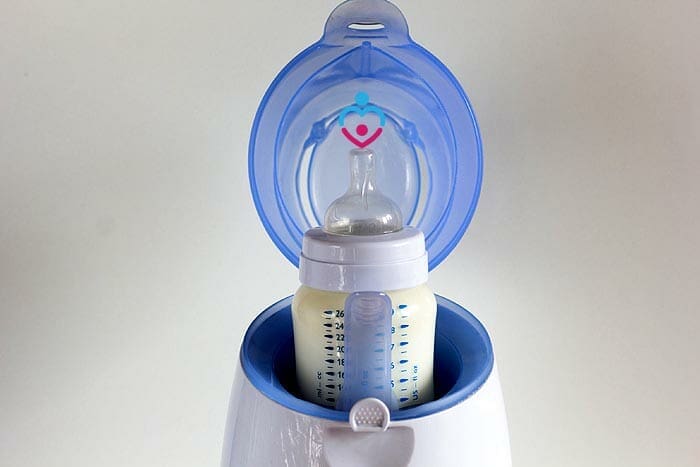
A) Use the FIFO rule
The FIFO rule means first in-first out. So, you will start thawing the first milk you added to your freezer. By doing so, you reduce the risk of having expired breastmilk, and you will use your storage more wisely[2]. However, to do so means that you should add a date on your breastmilk container before you put it in the freezer, so you know which one is the oldest when you need to thaw it.
Suggested Reading:
![]()
B) Thaw the breastmilk in the fridge
The best way to thaw breastmilk is in the fridge. All you have to do is move the breastmilk container from the freezer to the fridge and allow it to sit there for about 12 hours. Once your breastmilk is thawed in this manner, you can use it for the next 24 hours. So, it is essential to not thaw more breastmilk than your child eats in a day, taking into account the night meals.
Suggested Reading:
![]()
C) Thaw the breastmilk with lukewarm water
If you want to speed up the thawing process, you can do that by using lukewarm water. You can let lukewarm water run on the container of breastmilk, being it a bottle or a bag. The water should have a temperature of a maximum of 39 degrees C or 99 degrees F. Depending on the size of your breastmilk container, this method of thawing could take 20 minutes or more.
Suggested Reading:
![]()
D) Swirl the thawed milk before serving
During both the freezing and thawing process, the fat in the breastmilk will separate from the rest of it and rise on the surface. Therefore, you will see the fat as the first layer of breastmilk in your container. To mix the fat with the rest of the breastmilk, you will have to swirl the bottle once the milk is completely thawed. Make sure to serve it to your baby after you swirl it, as soon as possible, before the layers of the breastmilk start to separate again.
Suggested Reading:
![]()
E) Don't microwave the thawed breastmilk
Microwaving breastmilk might seem like a rapid method to thaw it and warm it up as you need. But this is the worst option you can choose. The microwave will reduce the nutrients in your breastmilk significantly. On top of that, the microwave will not heat the milk evenly. There will be hot spots in the container, which can harm your baby's throat as they drink the milk. This anti-microwave rule applies to baby formula as well as other types of milk as well.
Also, avoid putting the container of breastmilk in boiled or boiling water. The big temperature difference will also reduce the nutrients of the breastmilk, and hot spots could also appear in this case.
Suggested Reading:
![]()
How to warm up thawed breastmilk?

First of all, you should know that you don't need to heat up thawed breastmilk unless your baby prefers it that way in particular. Usually, babies are more than happy with cold breastmilk or breastmilk that comes at room temperature.
- If you want to warm the breastmilk a bit, you can use the lukewarm water method. Fill a pot with this water and place the bottle of breastmilk or the bag of breastmilk for 10 minutes inside of it. Your breastmilk will be warm but not hot, and it will be safe for your baby to enjoy.
- You can also heat it up on the stove if you want to warm up breastmilk during cold winter days. When you choose this option, make sure to not boil the milk. It should take only a few minutes to get it to a temperature that your baby will appreciate.
- Try the milk on your wrist to see if it is warm enough, and give it to your baby without being too hot.
Suggested Reading:
![]()
Freezing and thawing breastmilk correctly can be a lifesaver for busy mothers who want to make sure their babies have a nutritious meal ready even when their schedule is packed. There are plenty of advantages to freezing breastmilk, but one of them is that anyone can feed your baby with this gold liquid even if you are at work.
In addition, by following the thawing rules in this guide, you will not have to worry about compromising the quality of your breastmilk either.
![]()

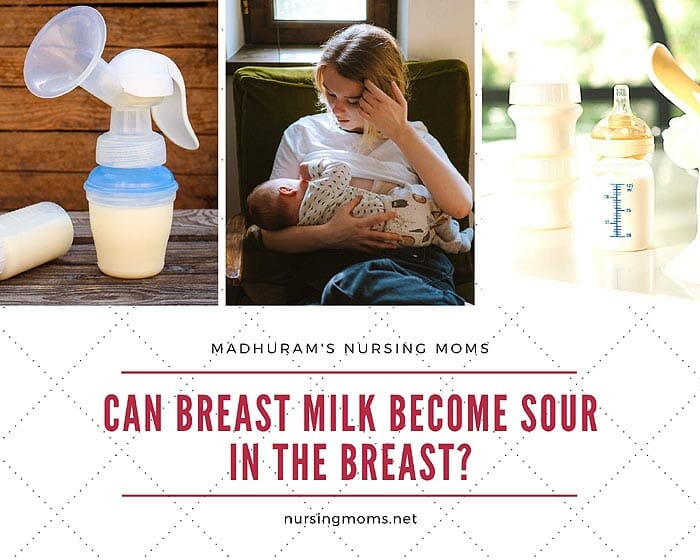
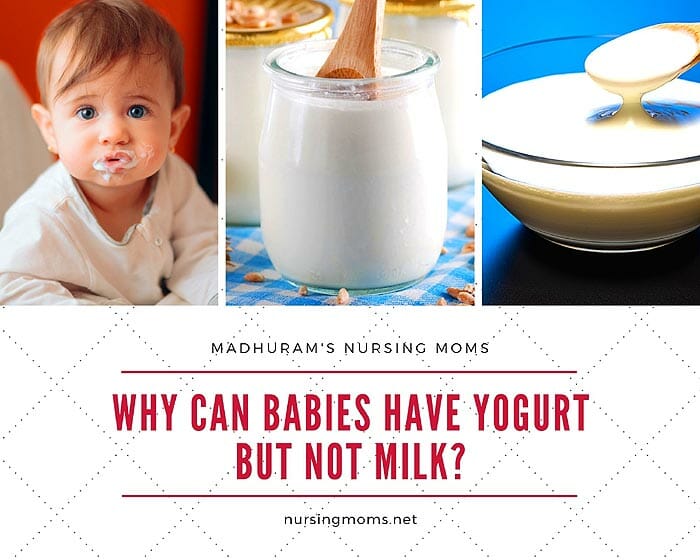
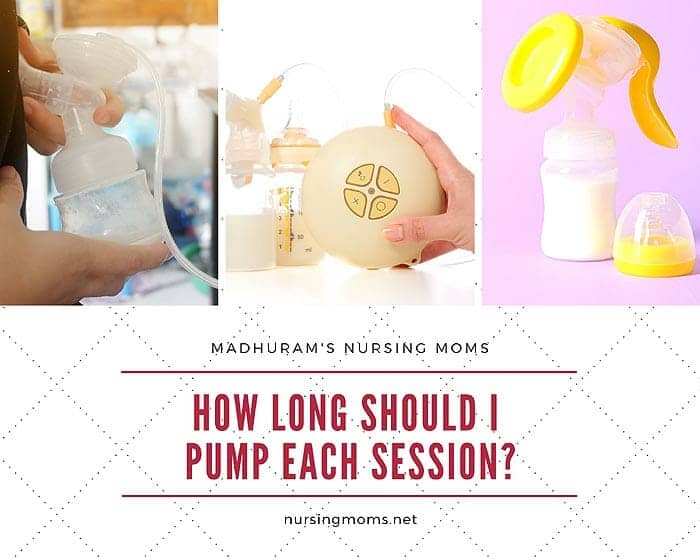
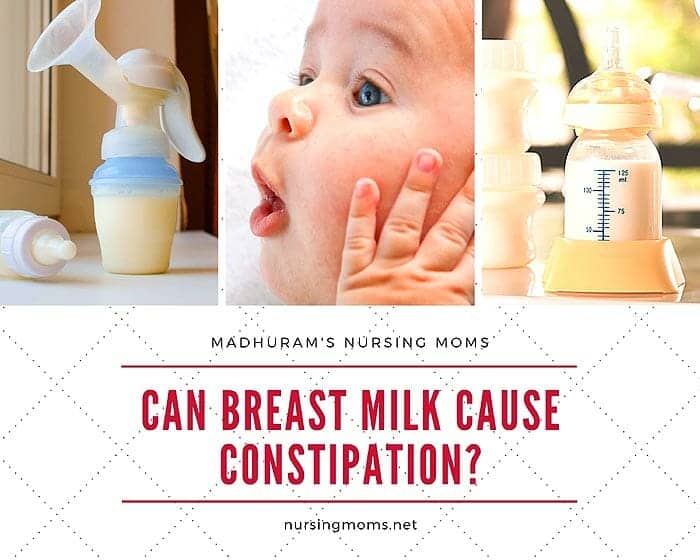

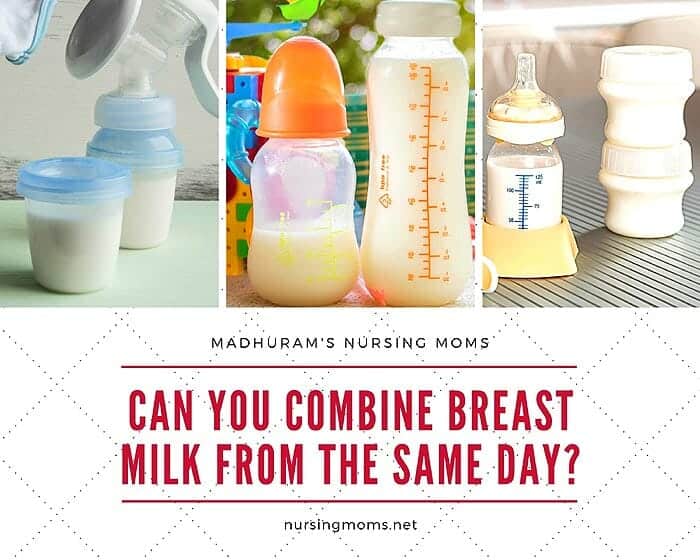
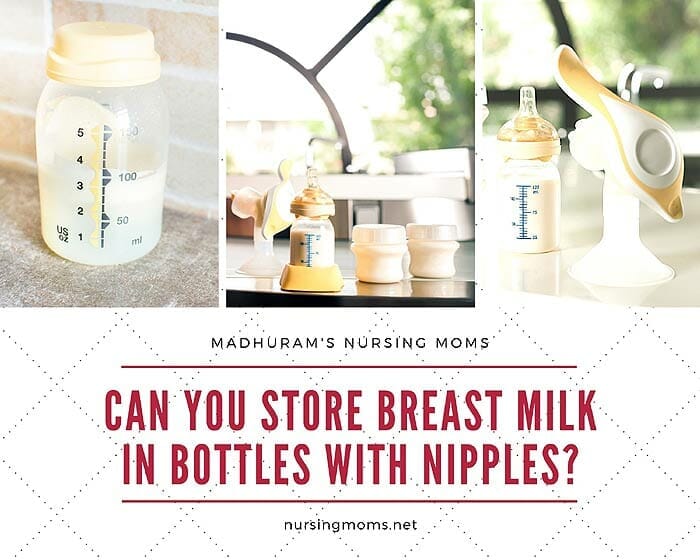

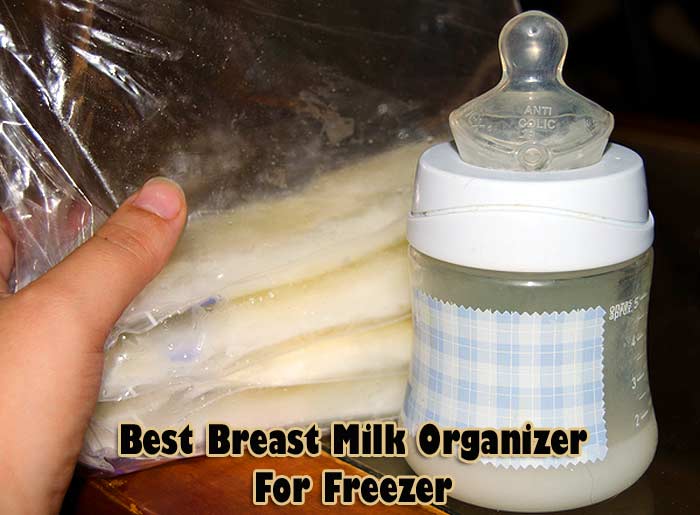

Leave a Reply